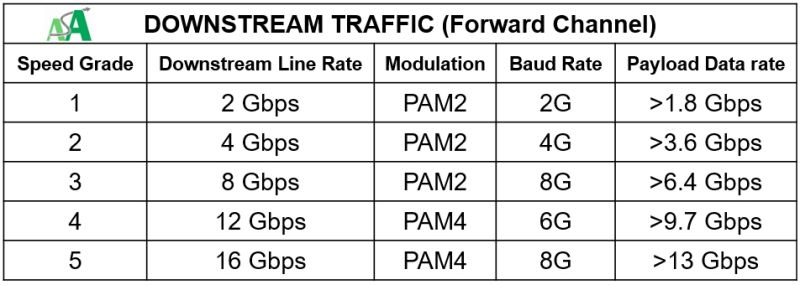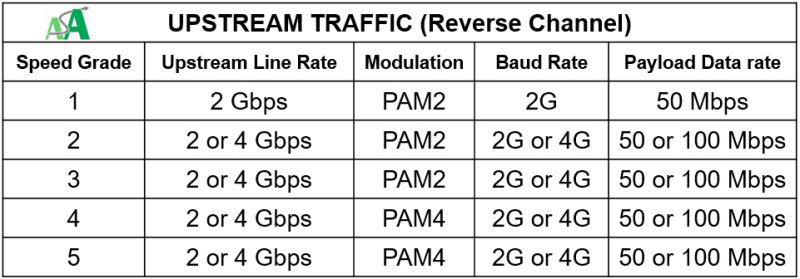Frequently Asked Questions
What is the purpose of ASA?
The Automotive SerDes Alliance (ASA) was formed to standardize SerDes connectivity for automotive applications. ASA is a non-profit industry alliance of automotive industry and technology providers collaborating to provide the specifications and infrastructure needed for the automotive industry.
What are the goals of the ASA?
The goals of ASA are to define specifications that allow for interoperable implementations of physical, data link & transport layer for 15m Coaxial and 10m STP channels with up to 4 in-line connectors.
- Complete the eco-system further with requirements and complementing test specifications for harnesses, ECUs, and additional functionalities.
- Encourage and support the development of a new physical layer specification for automotive use cases.
- Continuously identify and address gaps related to the implementation of SerDes-based communication in automotive.
What topics or issues does ASA address?
The alliance is focused on addressing a variety of automotive SerDes technical challenges, including the deployment of physical, data link & transport layers and the deployment of conformance and interoperability test specifications.
- Establish an industry wide eco-system for components, cables and connectors
- Enable security in form of authentication and data integrity
What does SerDes stand for?
Serializer/De-Serializer. SerDes is an industry term for serial communication devices.
Who can join ASA?
Any company can join the alliance. Membership in ASA is optimized for businesses in the automotive market. Members should be willing and able to help drive and support new interoperability requirements, third party testing, certification procedures and new data rate specification requirements.
Which companies can contribute to the specifications?
Any member of the alliance can contribute, review and implement the specifications.
What downstream speeds are supported by the ASA Motion Link v1.01 specification?

ASA supports 5 different downstream speed grades ranging from 2Gbps to 16Gbps, a perfect fit for camera sensors, displays and other applications for vehicles requiring these high data rates.
Note: These payload data rates are achieved with encryption and authentication security applied. Without security, the payload data rates will be higher.
What upstream speeds are supported by the ASA Motion Link v1.01 specification?

How can I get access to the ASA specifications?
The specifications are available for download at any time to all ASA members (promoters and adopters).
Where could I find information about membership in the ASA Alliance?
Please see membership information on http://www.auto-serdes.org/join